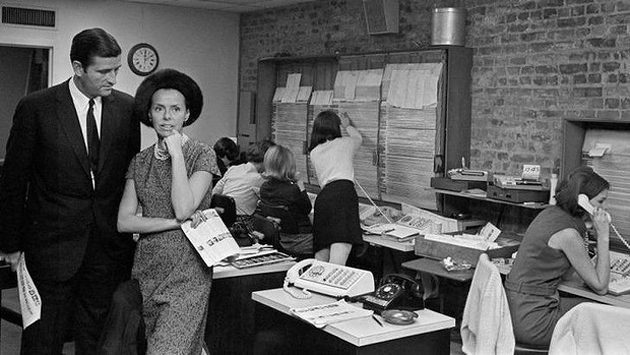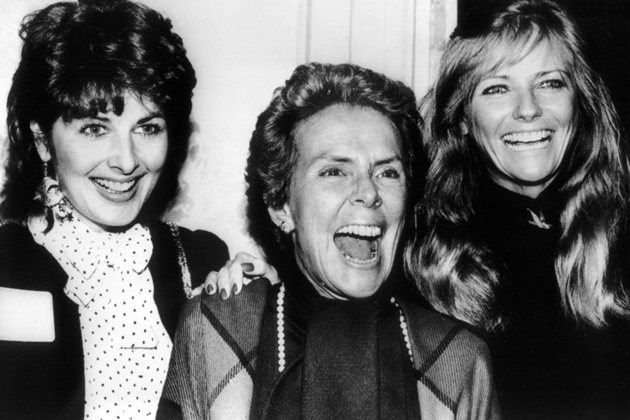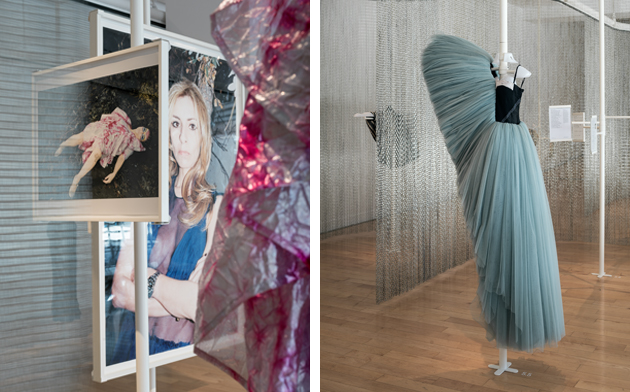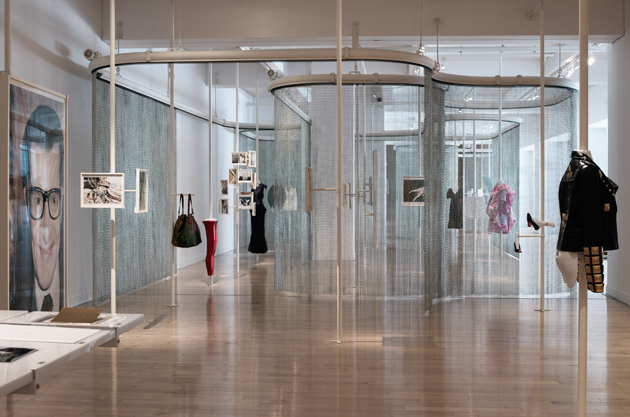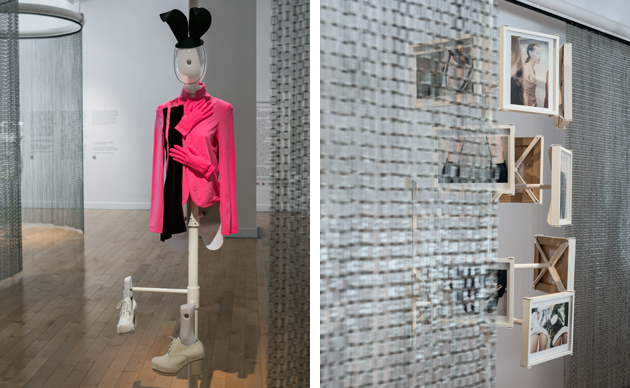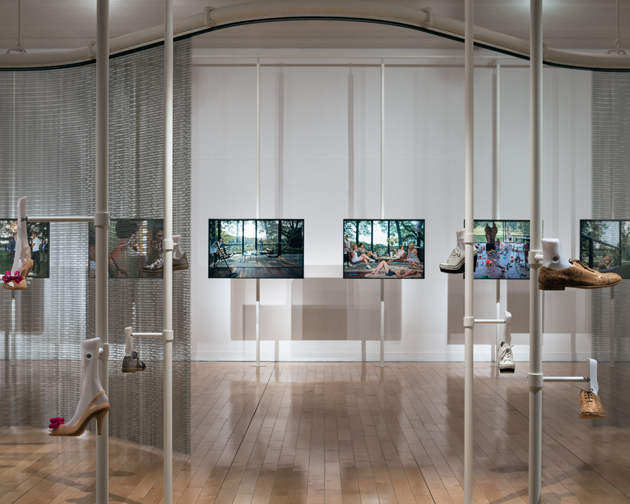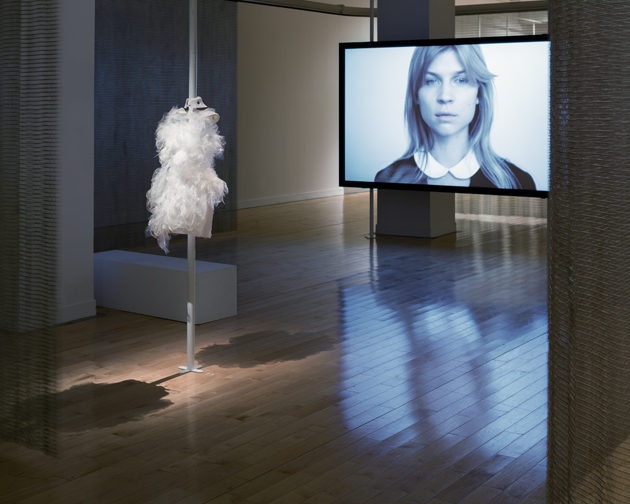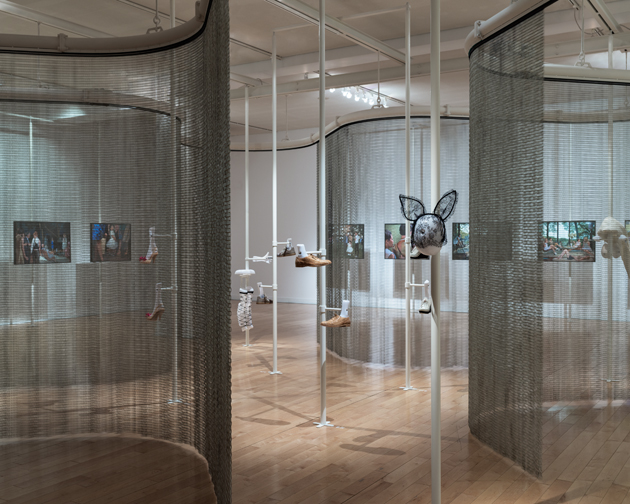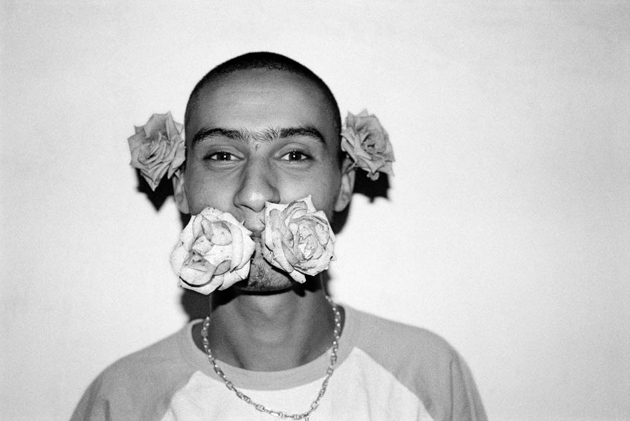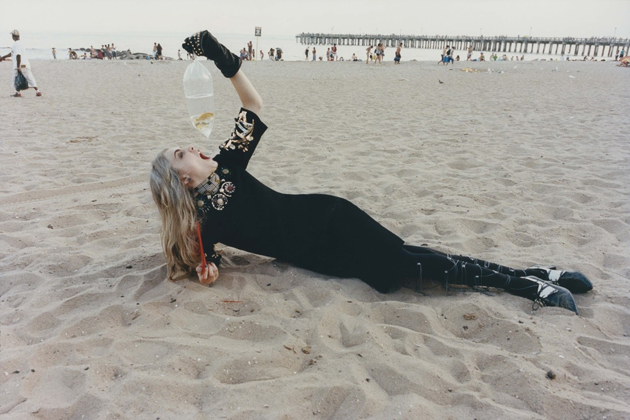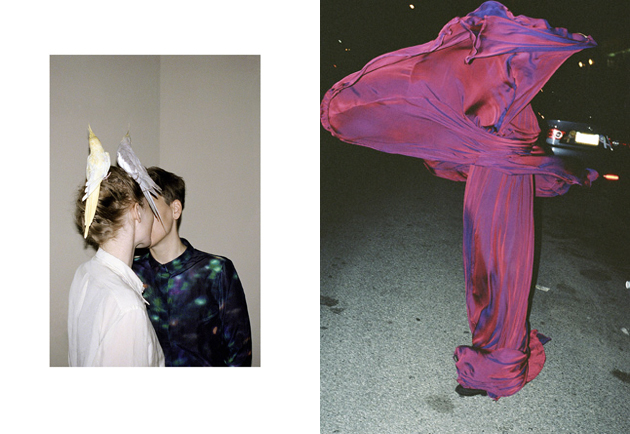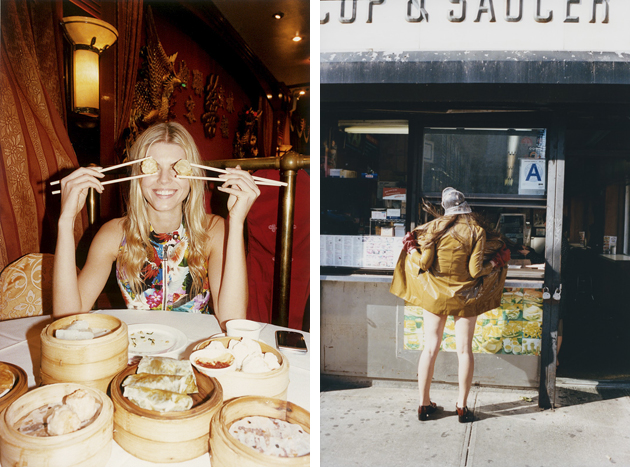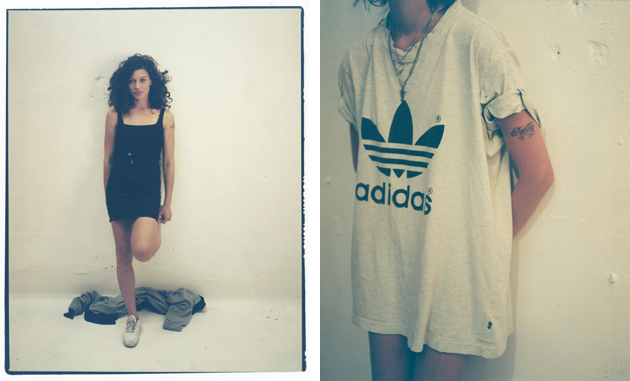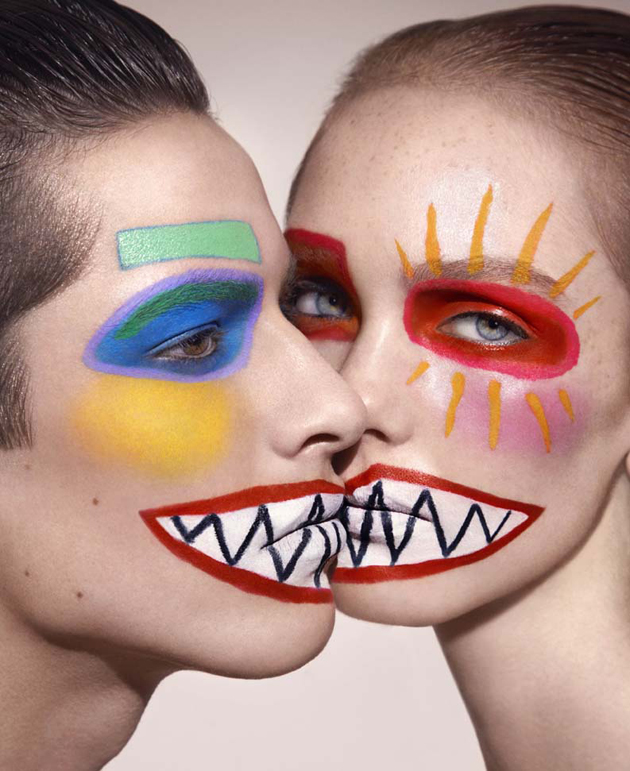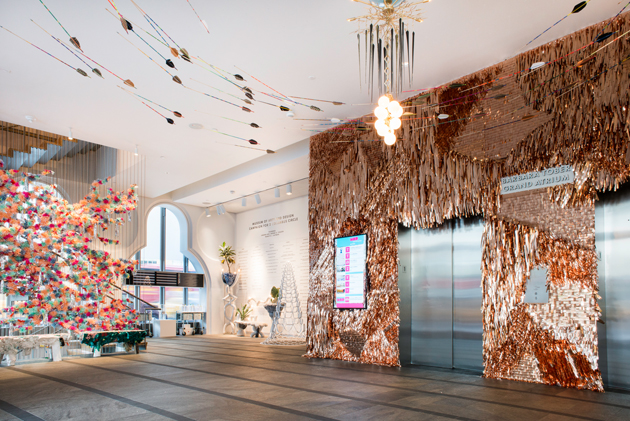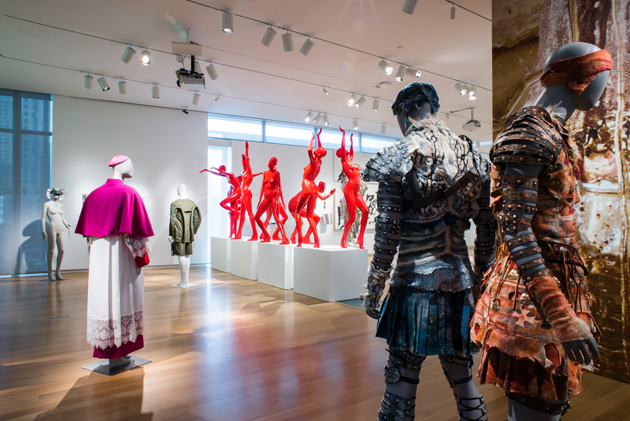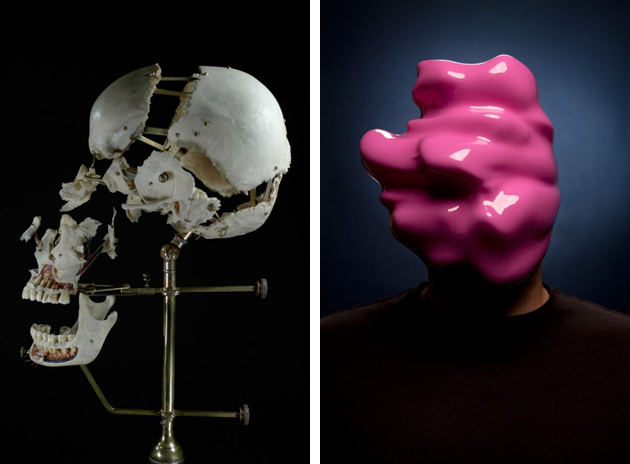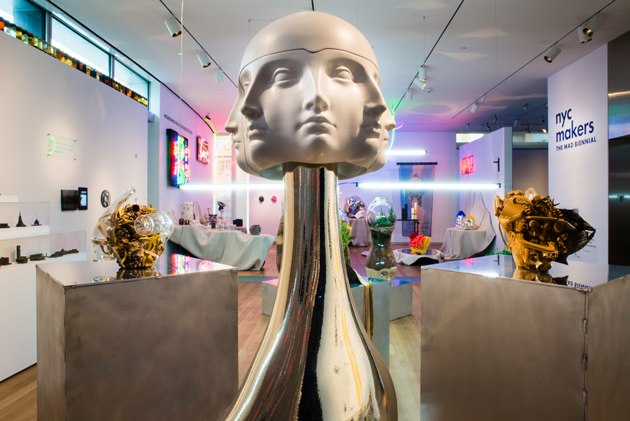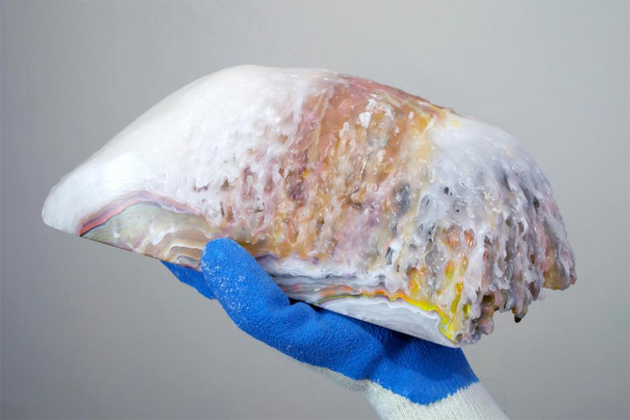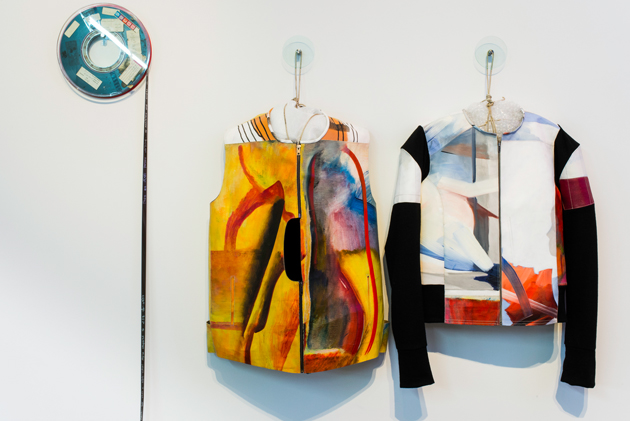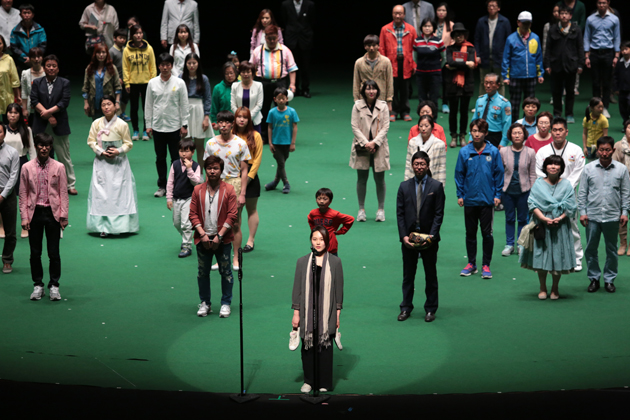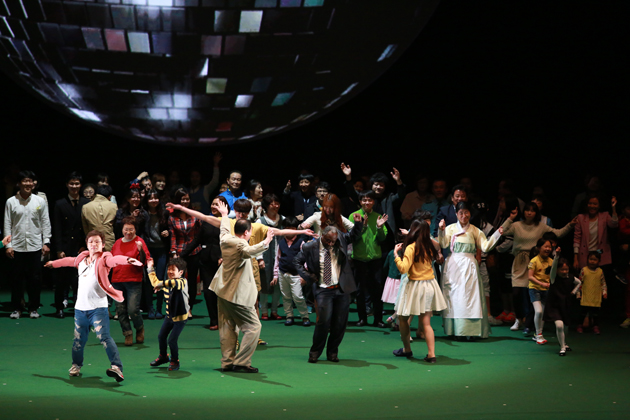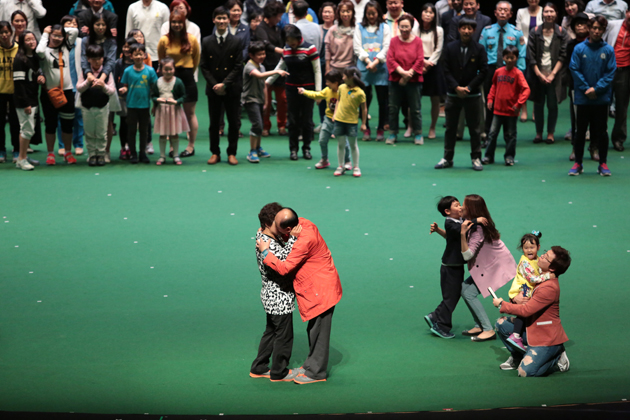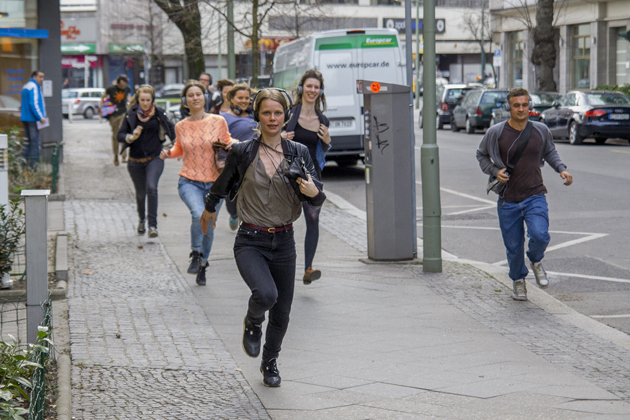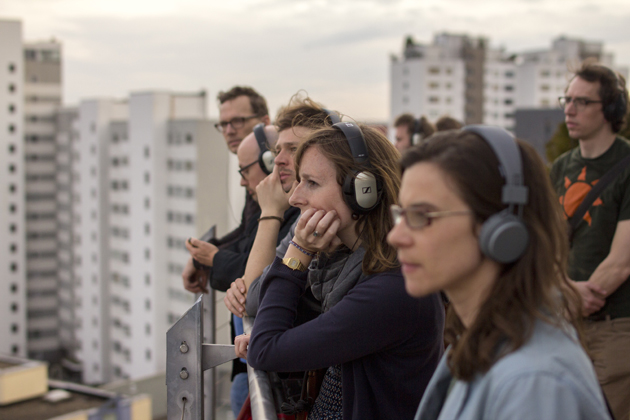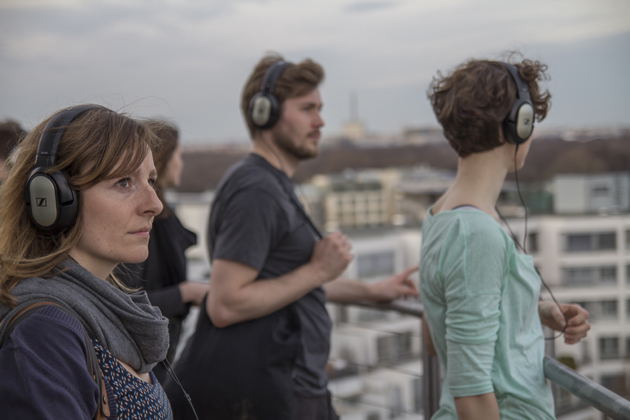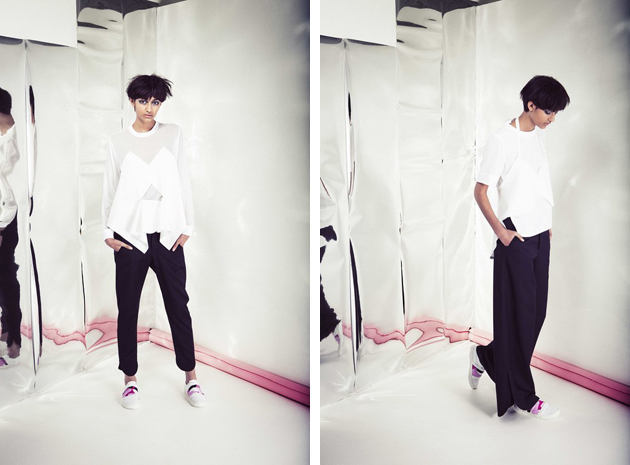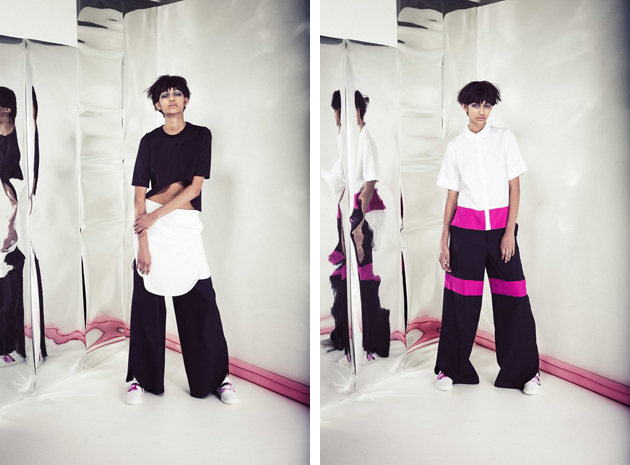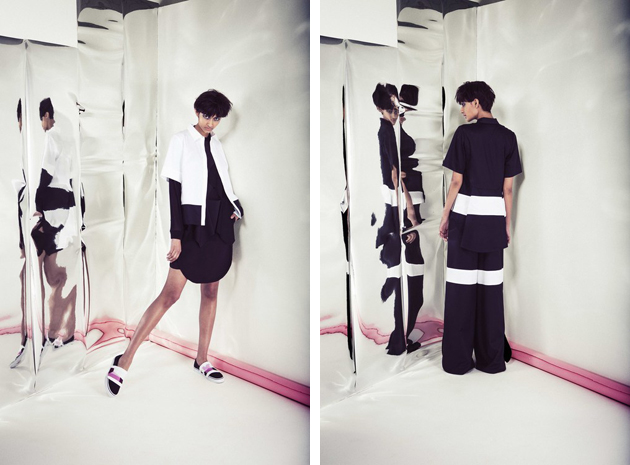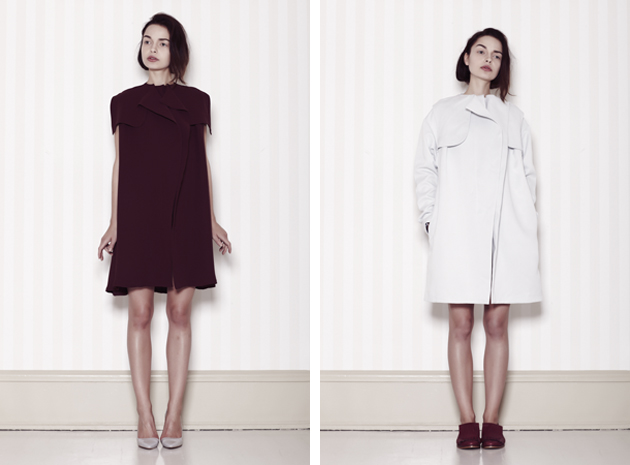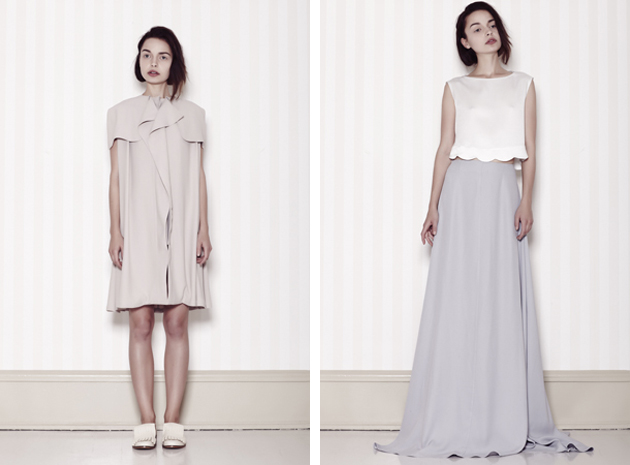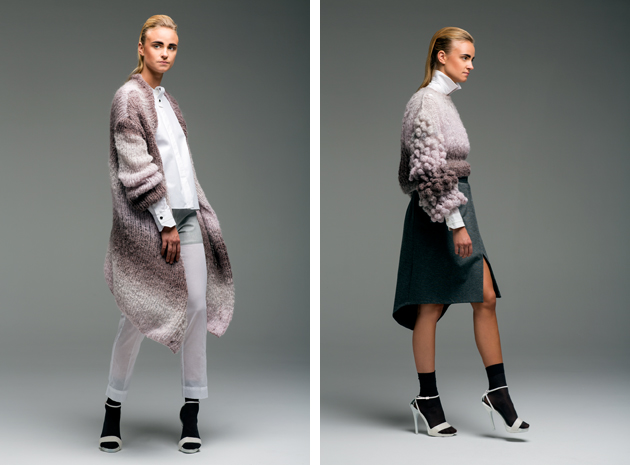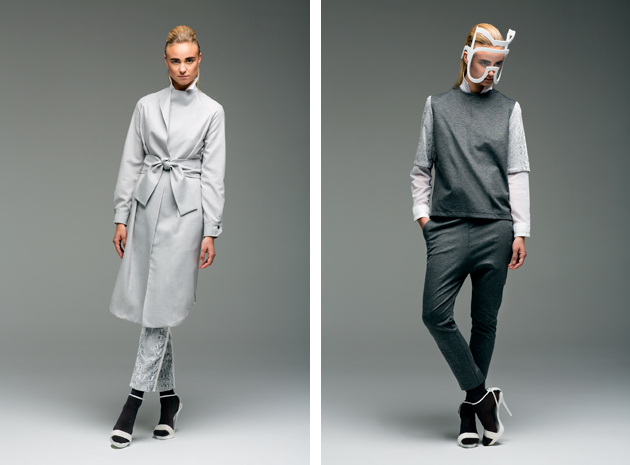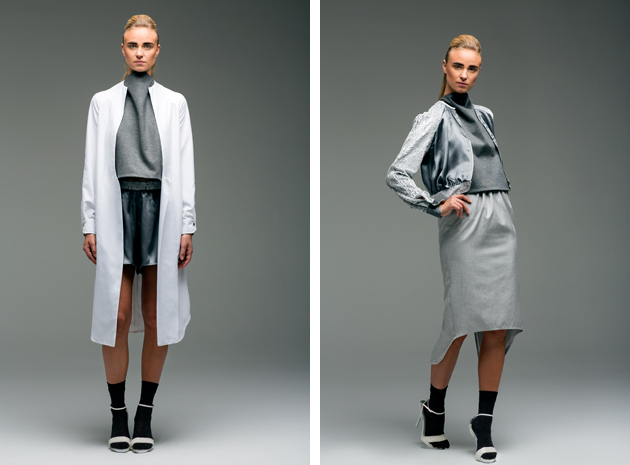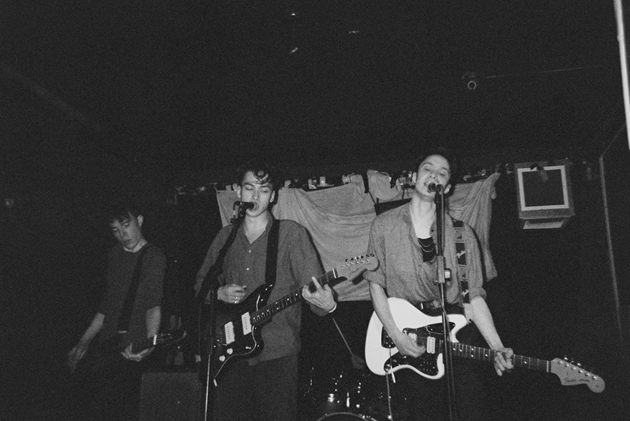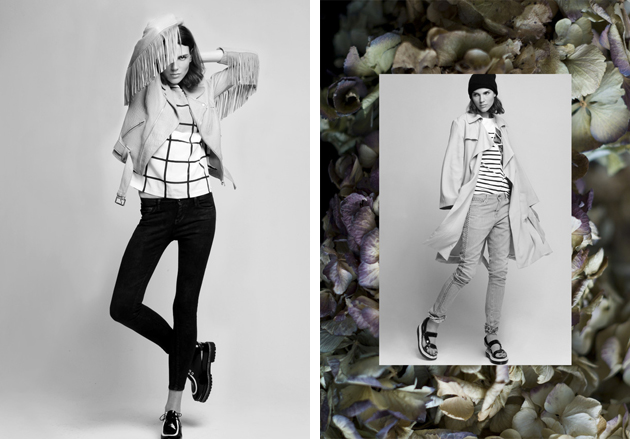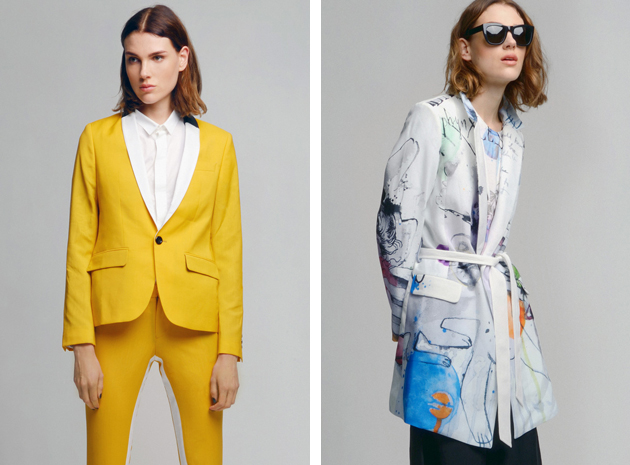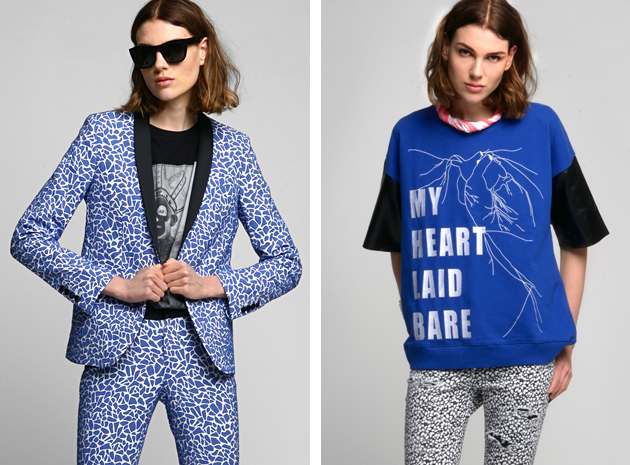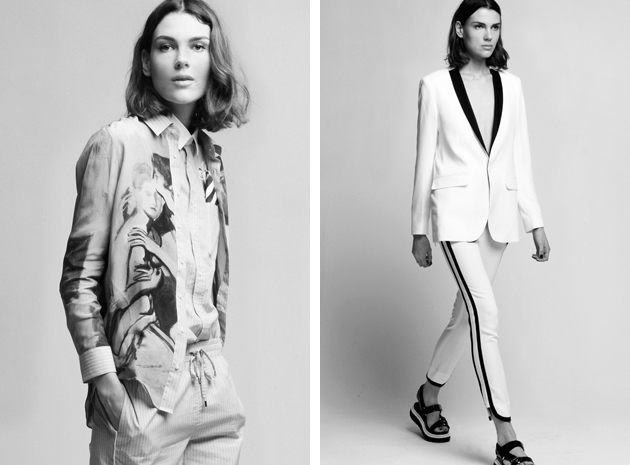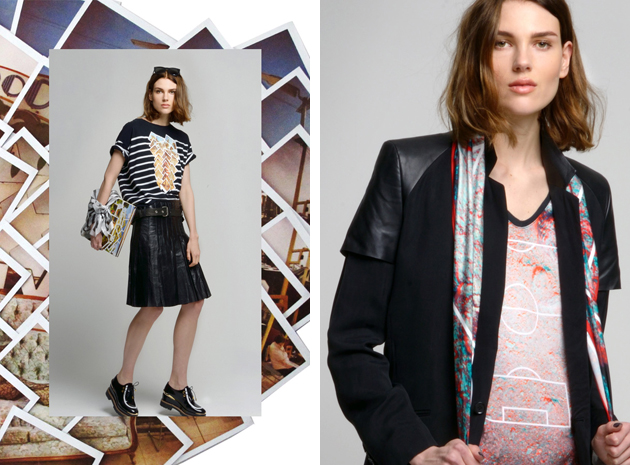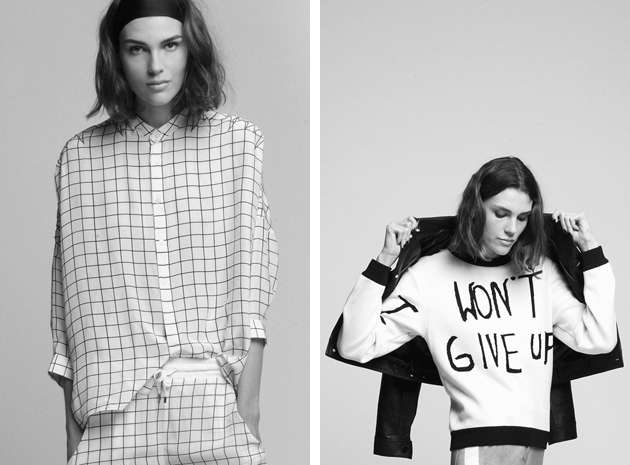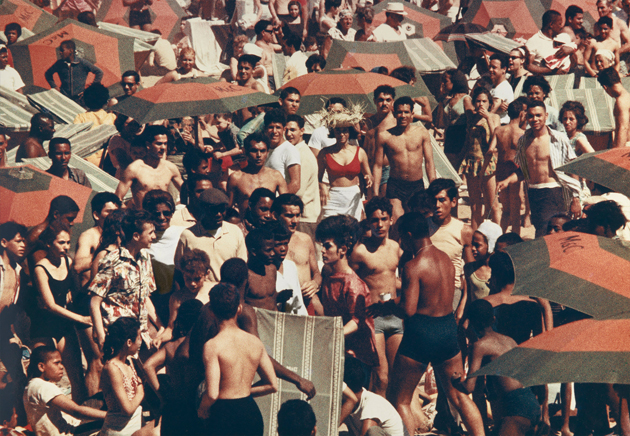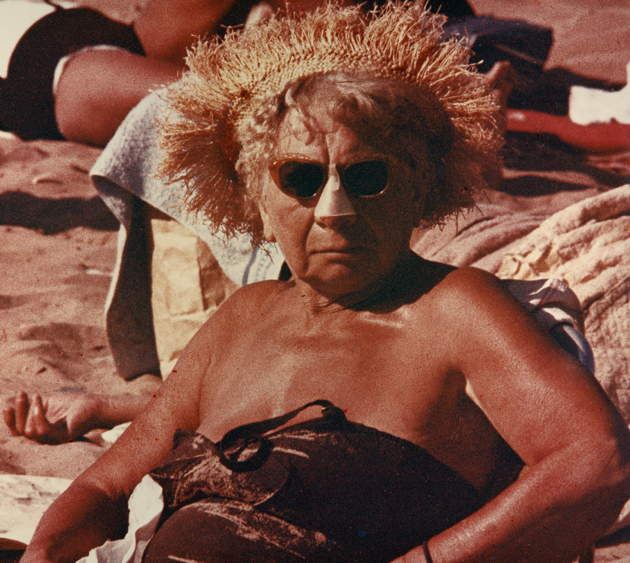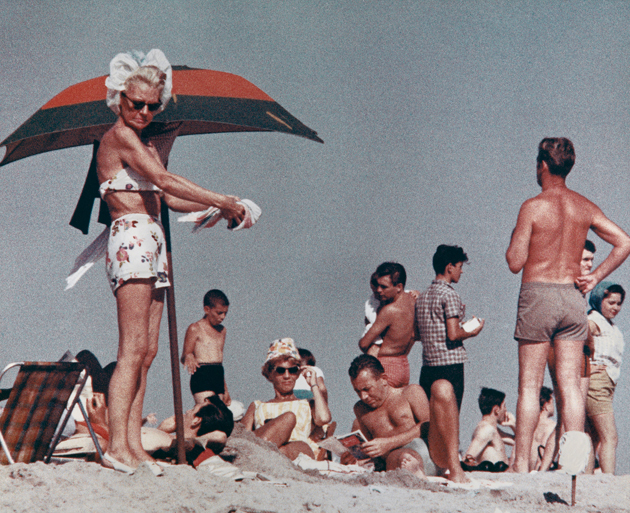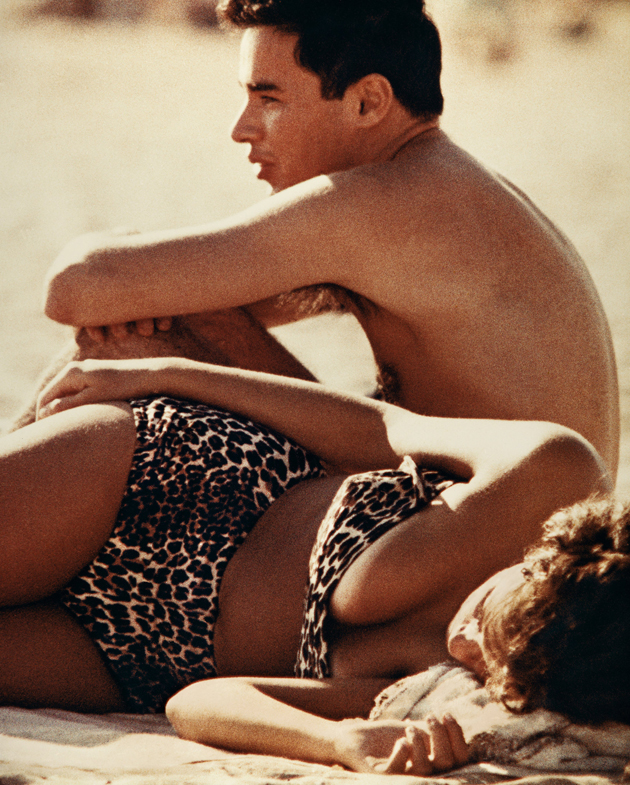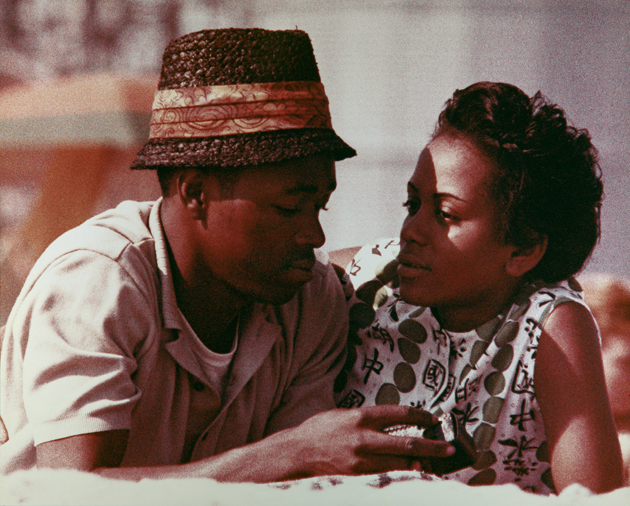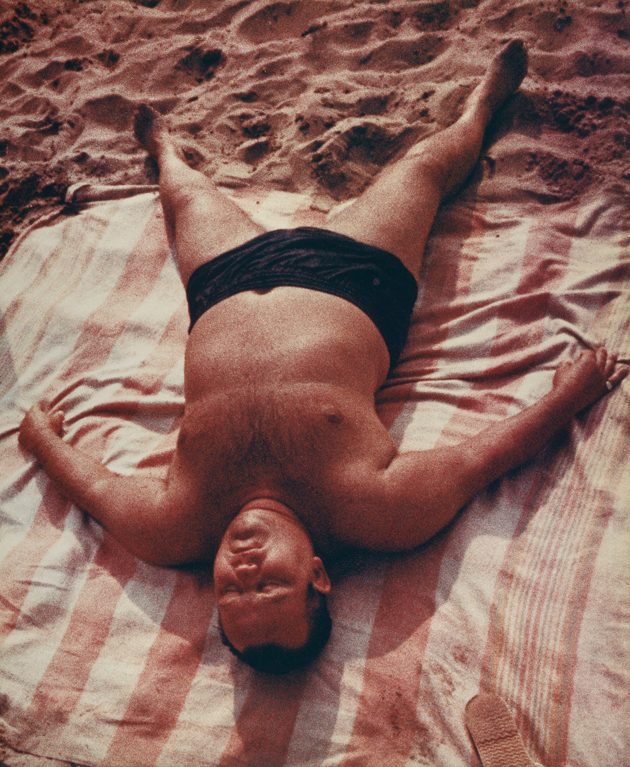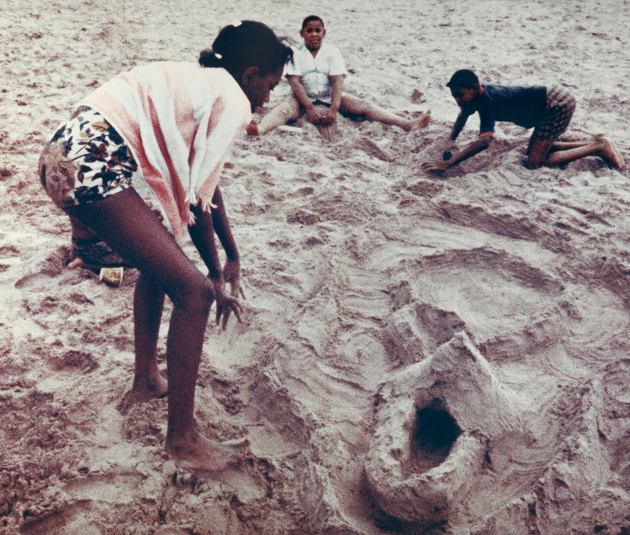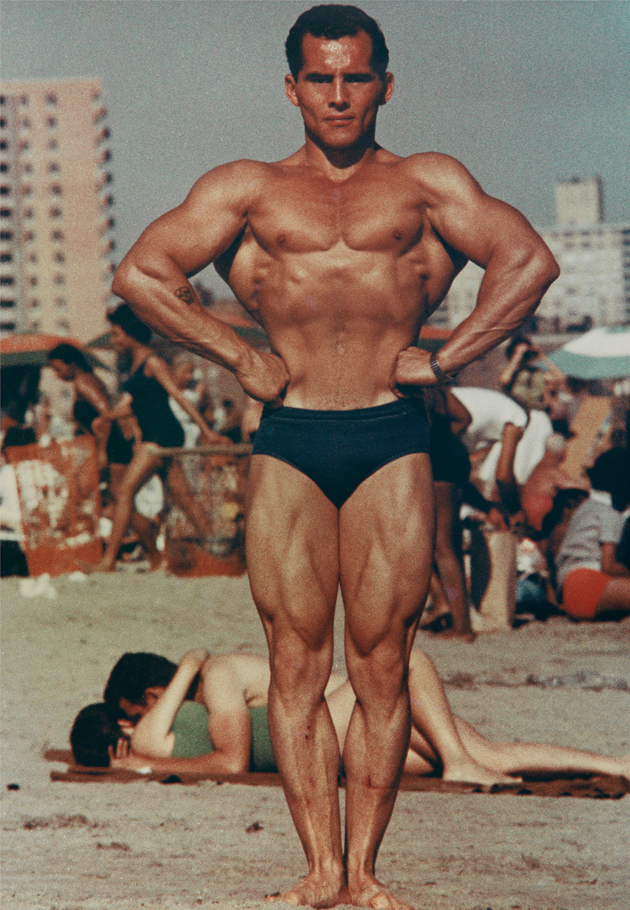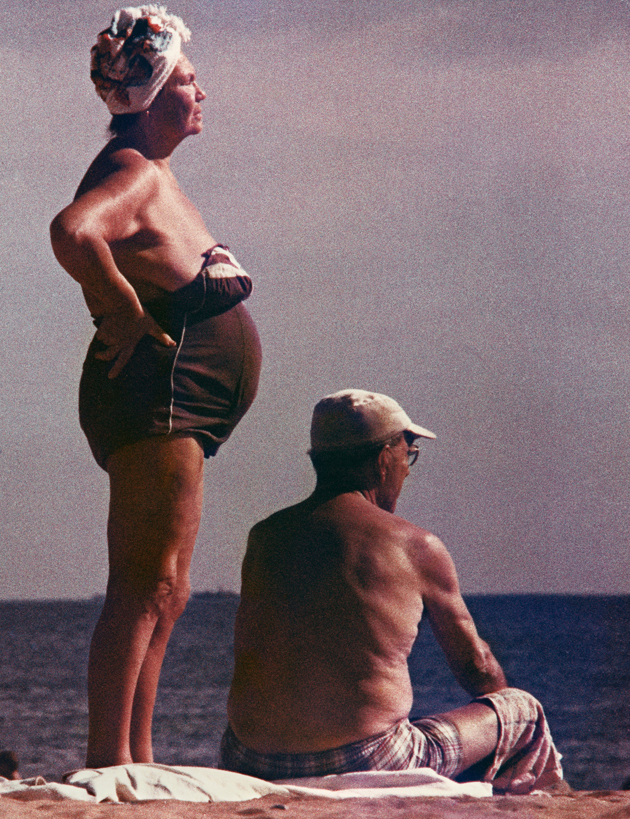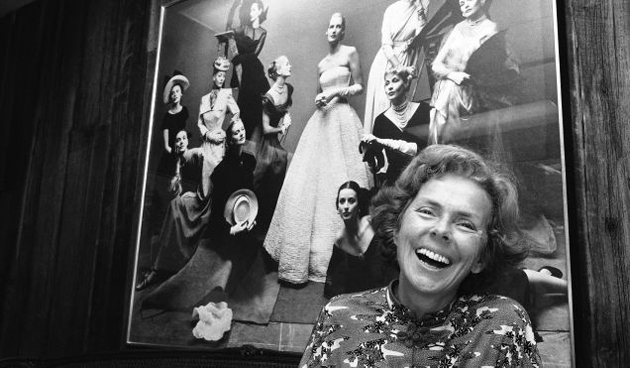
Twiggy, Grace Jones, Ali MacGraw, Lauren Hutton, Kim Basinger and Beverly Johnson all have one thing in common: they were all discovered by the genious Eileen Ford, co-founder of the Ford Modeling Agency.As the only daughter of Loretta and Nathaniel Otte, Eileen Ford had an idyllic childhood. In her own words her family believed she could do no wrong, often citing it as a reason for her high confidence. Early in her life Ford would become fascinated with fashion, clothes and etiquette, but at the time could not see her passion as a stepping stone to her future career. Instead, she attended Bernard College from which she attained a degree in psychology. In college, she met her future husband and business partner Jerry Ford and started to model a bit herself.
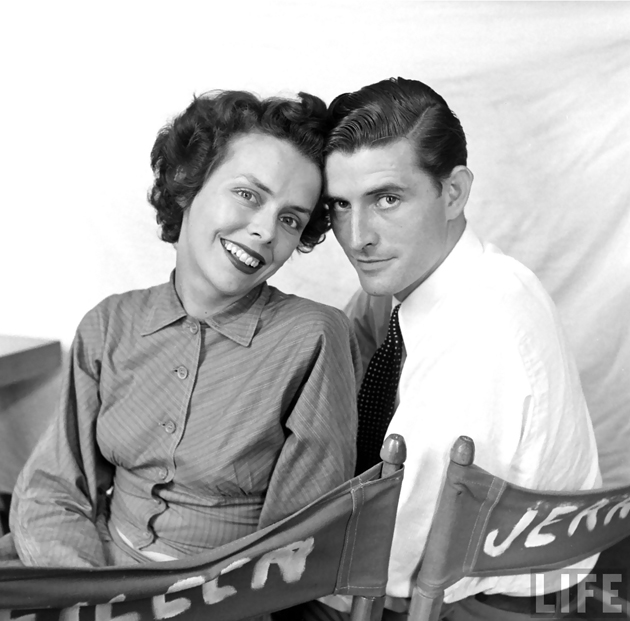
During WWII Eileen Ford returned to New York and started working as a stylist for Sears catalogs, gaining a key sense of style. In 1946, with a baby on the way, she thought her and her husband could use some extra money so she started to work as a secretary for some of her model friends, thus, unexpectedly, giving birth to Ford modeling agency. The agency quickly became popular, offering services that no other agency before Ford had, including clothing advice and career planning. Eileen Ford is remembered as being very firm, yet at the same time, nurturing and encouraging, always taking a stand for her models’ best interest. Many remember her inviting her protégées to live with her at her New York apartment, where she would give lessons in etiquette and advice on how to adjust to the city’s fast pace. Last week Eileen Ford passed away at the age of 92. She leaves behind a legacy of modernizing the modeling industry into what it is today. Empowering models and elevating their status from just a pretty face into something more. For this and so much more including guts and perseverance Eileen Ford will be remembered and admired.
